|
barcode scanner types
|
|
Type
|
Description
|
Use
|
Ideal for
|
|
Handheld
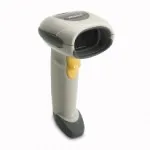
|
- The most common type of barcode scanner
- Offers both corded and cordless (wireless) versions
|
- Uses a trigger to capture the image
- Stands are available for hands-free operations
|
CORDED
- Manufacturing
- Retail
- Grocery stores
- Warehouses
- Healthcare
- Logistics
CORDLESS (WIRELESS)
- Retail
- Warehouses
- Healthcare
- Manufacturing
- Logistics
- Field services
|
|
Mobile Computer
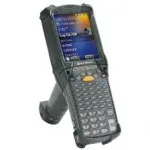
|
- Combines the functionality of PCs and scanners into one handheld device
- Commonly confused with a wireless or cordless scanners, which typically only provide the ability to scan
- Enables users to efficiently work within and beyond four walls
|
- Provides more processing power than traditional barcode scanners
- Stores data into internal memory
- Enables real-time transmission of information via a wireless network (WiFi or WLAN)
|
- All organizations that desire true mobility for such tasks as managing inventory and tracking assets
- Field services and other mobile workforce personnel
- Companies using voice technology
|
|
|
|
|
Tablet
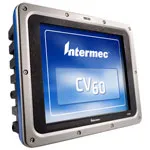
|
- Considered a type of mobile computer
- Also known as a rugged tablet PC
|
- Similar to consumer versions except they are more rugged and durable
- Includes Windows, Android, and iOS operating systems
|
- Environments where durability and ruggedness are desired for tablets and smart phones
|
|
Presentation
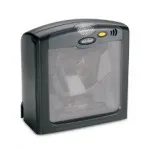
|
- Also known as an on-counter scanner because it is designed to sit on top of a counter
- Considered stationary (or hands-free) because users do not hold these scanners
- Functions similarly to in-counter scanners
|
- Has a wide reading area that makes it easy to scan multiple items
- Does not require a trigger—the scanner automatically reads barcodes when an item is placed in front of it
|
|
|
In-Counter
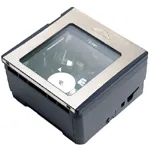
|
- Similar to presentation counters because they are stationary and have a wide reading area
- Allows users to easily scan multiple items
- Requires a professional installation
|
- Embedded into counters, rather than on top of them
- Automatically reads barcodes when an item is placed in front of it without having to pull a trigger
|
- Self-check lines in retail environments
|
|
Fixed-Mount
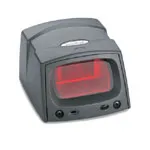
|
- Reads barcodes using sensors or controllers that are triggered when items pass in front of it
- Most have a laser scan engine that requires users to mount them at a specific angle and distance from the barcodes that will pass in front of them
- Designed to be integrated with large automated systems
|
- Typically used on a conveyor line or in a kiosk and are sometimes attached to a vehicle such as a forklift
- Available in multiple speeds to accommodate fast assembly lines
- Eliminates the need for human intervention
- Extremely durable and reliable
|
- Work-in-progress (WIP) environments such as manufacturers
- Organizations with high-speed sorting along conveyor systems, such as warehouses and logistics
- Laboratories (use small models)
- Security identification apps
|
|
Wearable
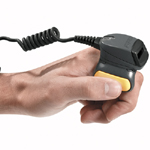
|
- Also known as a back-of-hand scanner
- Straps a small box with the laser barcode scanner to either the back of the hand or on a finger (like a ring)
- Keeps scanners conveniently close
|
- Allows users to more freely use their hands
- May have automatic scanning or be activated by a trigger so the scanner doesn’t inadvertently scan the wrong barcode
|
- Environments where voice technology is used
|
|
|
|
|






